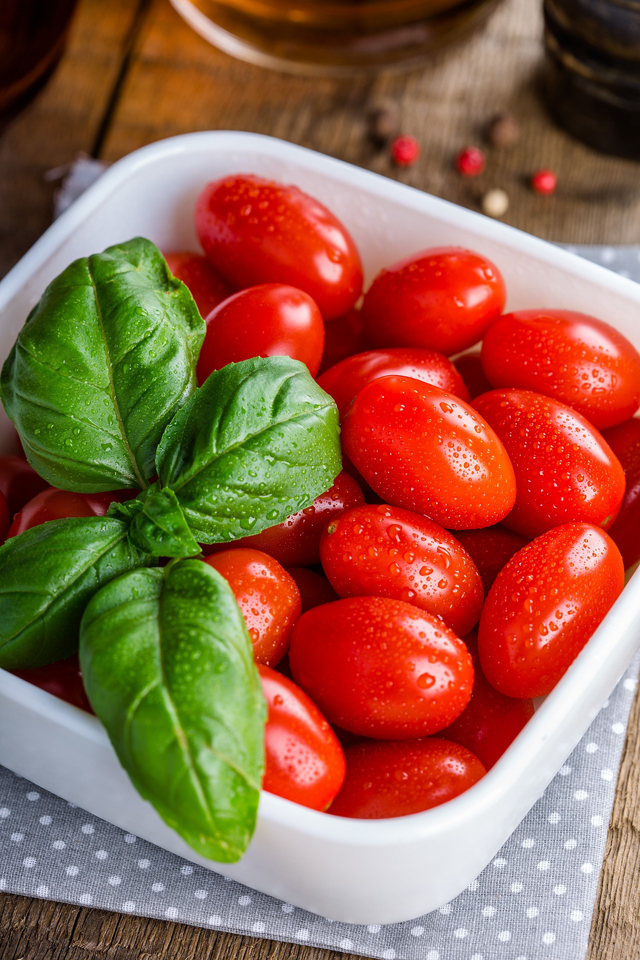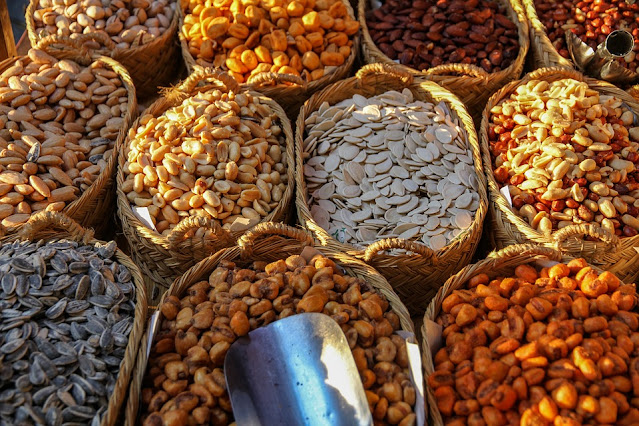DIY: How To Remove Pesticides From Fruits And Vegetables At Home
Presence of pesticides in fruits and vegetables is becoming an issue as high levels of pesticides can be toxic and pose a range of health risks
to our body, especially the brain and the reproductive system.
Pesticides are commonly used in agriculture to prevent crop decay. It is usually a tool to prevent pests and insects from harming the crop. Fertilizers, on the other hand, are used to boost crop growth and output. However, the misuse of these chemicals is common and not under the wraps anymore.
Wicked Spoon Confessions along with Rashida Vapiwala, Nutritionist and Food consultant in this article strive to tell you more about the impact of pesticides on consumption and how to easily remove traces of pesticides from fruits and vegetables at home.
Many farmers apply excess fertilizers to boost crops and ensure better yield or due to a mere lack of knowledge. As consumers, illegitimate use of fertilizers and pesticides in our fruits and vegetables has been a constant source of worry lately. Though there are safe limits prescribed for fertilizers and pesticides by government bodies, nowadays, few fruits and vegetable possess unacceptable quantities of chemicals. A large amount of birth defects, immunity problems, respiratory issues, and even cancers are caused by consumption of chemicals via foods.
This calls for a stringent check on fresh fruits and vegetables, that reach us from the farms. Removal of the such chemicals is a must before consumption and doing it at home requires only a small amount of time and effort. Whilst the government does its bit on spreading awareness about the use of fertilizers and pesticides, we must ensure our own safety beginning at home.
Here are a few ways in which you can remove pesticides from fruits and vegetables:
Wash your fresh produce
Never consume fruits and vegetable that are not thoroughly washed. The most preferred method is soaking your fruits and vegetables and then washing them in running water the second time. Washing with warm water is desirable. Washing your fruits with hot water (>52°C) gets rid of the wax coatings on the fruit and ensures safer consumption.
Soaking
Soaking your fruits and vegetable in a 2% salt solution helps get rid of topical chemicals. Soak for at least 2- minutes before you wash them in running water again and then use. A vinegar soak is also helpful in getting rid of certain chemicals on the surface of fresh fruits and vegetables. Mix 10% vinegar and 90% water to make the desired solution and soak your fresh produce for 15-20 minutes. A mix upto 25% vinegar is acceptable in most cases. Avoid using high concentrations of vinegar for fruits with softer, edible peels like berries, grapes, etc. The acid concentration may damage the body and the flavor of the fruit.
Peeling
Fruits like banana, oranges, pomegranates, melons, etc. and vegetables like gourds, squashes, peas and more are eaten without their peel. While, peeling is a good method for chemicals that reside on the surface of the fruit or vegetables, in certain cases peeling can lead to a loss of precious fiber that aids digestive health.
Also, certain fertilizers and pesticides possess the ability to seep through the peels and reside in the flesh of the fruit or the vegetable. In this case, peeling of fruits and vegetable may not be a fool-proof solution for the same.
It would be wise for consumers to adopt a mix of methods – soaking, washing and peeling (only if necessary). There are a lot of ozone-washers available for domestic use. One has options to choose from. A single approach may not ensure complete safety form the chemicals but a healthy mix of method is a win-win
Rashida Vapiwala is a Nutritionist and Food consultant.
You can reach her at: rashidavapiwala@yahoo.com
Instagram – rashida_vapiwala
LinkedIn – Rashida Vapiwala
Pesticides are commonly used in agriculture to prevent crop decay. It is usually a tool to prevent pests and insects from harming the crop. Fertilizers, on the other hand, are used to boost crop growth and output. However, the misuse of these chemicals is common and not under the wraps anymore.
Wicked Spoon Confessions along with Rashida Vapiwala, Nutritionist and Food consultant in this article strive to tell you more about the impact of pesticides on consumption and how to easily remove traces of pesticides from fruits and vegetables at home.
Many farmers apply excess fertilizers to boost crops and ensure better yield or due to a mere lack of knowledge. As consumers, illegitimate use of fertilizers and pesticides in our fruits and vegetables has been a constant source of worry lately. Though there are safe limits prescribed for fertilizers and pesticides by government bodies, nowadays, few fruits and vegetable possess unacceptable quantities of chemicals. A large amount of birth defects, immunity problems, respiratory issues, and even cancers are caused by consumption of chemicals via foods.
This calls for a stringent check on fresh fruits and vegetables, that reach us from the farms. Removal of the such chemicals is a must before consumption and doing it at home requires only a small amount of time and effort. Whilst the government does its bit on spreading awareness about the use of fertilizers and pesticides, we must ensure our own safety beginning at home.
Here are a few ways in which you can remove pesticides from fruits and vegetables:
Wash your fresh produce
Never consume fruits and vegetable that are not thoroughly washed. The most preferred method is soaking your fruits and vegetables and then washing them in running water the second time. Washing with warm water is desirable. Washing your fruits with hot water (>52°C) gets rid of the wax coatings on the fruit and ensures safer consumption.
Soaking
Soaking your fruits and vegetable in a 2% salt solution helps get rid of topical chemicals. Soak for at least 2- minutes before you wash them in running water again and then use. A vinegar soak is also helpful in getting rid of certain chemicals on the surface of fresh fruits and vegetables. Mix 10% vinegar and 90% water to make the desired solution and soak your fresh produce for 15-20 minutes. A mix upto 25% vinegar is acceptable in most cases. Avoid using high concentrations of vinegar for fruits with softer, edible peels like berries, grapes, etc. The acid concentration may damage the body and the flavor of the fruit.
Peeling
Fruits like banana, oranges, pomegranates, melons, etc. and vegetables like gourds, squashes, peas and more are eaten without their peel. While, peeling is a good method for chemicals that reside on the surface of the fruit or vegetables, in certain cases peeling can lead to a loss of precious fiber that aids digestive health.
Also, certain fertilizers and pesticides possess the ability to seep through the peels and reside in the flesh of the fruit or the vegetable. In this case, peeling of fruits and vegetable may not be a fool-proof solution for the same.
It would be wise for consumers to adopt a mix of methods – soaking, washing and peeling (only if necessary). There are a lot of ozone-washers available for domestic use. One has options to choose from. A single approach may not ensure complete safety form the chemicals but a healthy mix of method is a win-win
Rashida Vapiwala is a Nutritionist and Food consultant.
You can reach her at: rashidavapiwala@yahoo.com
Instagram – rashida_vapiwala
LinkedIn – Rashida Vapiwala









super pictures. egar to eat.
ReplyDeleteabogados de bancarrota en richmond virginia
Removing pesticides from fruits and vegetables is important for reducing exposure to harmful chemicals. One simple DIY method is to soak produce in a solution of water and baking soda. Mix about 1 teaspoon of baking soda in 2 cups of water and soak the items for 10–15 minutes. Gently scrub with a vegetable brush to help remove residue.
ReplyDeletetruck accidents attorneys
lexington reckless driving